Traditional Indian Wedding Rituals Explained
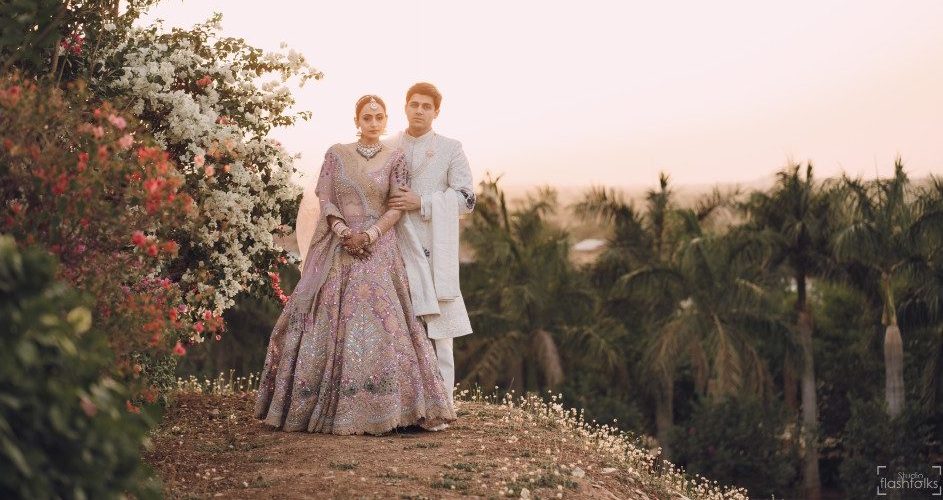
Indian weddings aren’t just events — they are stories woven with generations of tradition, vibrant customs and heartfelt emotions. Each ritual holds deep cultural meaning and is performed with joy, devotion and the hope of a beautiful life ahead. For couples stepping into this sacred bond, understanding these traditions can make the journey even more special.
Here’s a heartfelt guide to some of the most cherished Indian wedding rituals every couple should know before they say I do.
Roka Ceremony – The Beginning of Forever
The Roka is often the first official step in the wedding journey. It is the moment when both families meet to bless the union and agree to the match. Simple yet deeply symbolic, the Roka is filled with love, warmth and the quiet excitement of two families coming together. Gifts are exchanged and the couple is considered spoken for, marking the start of wedding preparations.
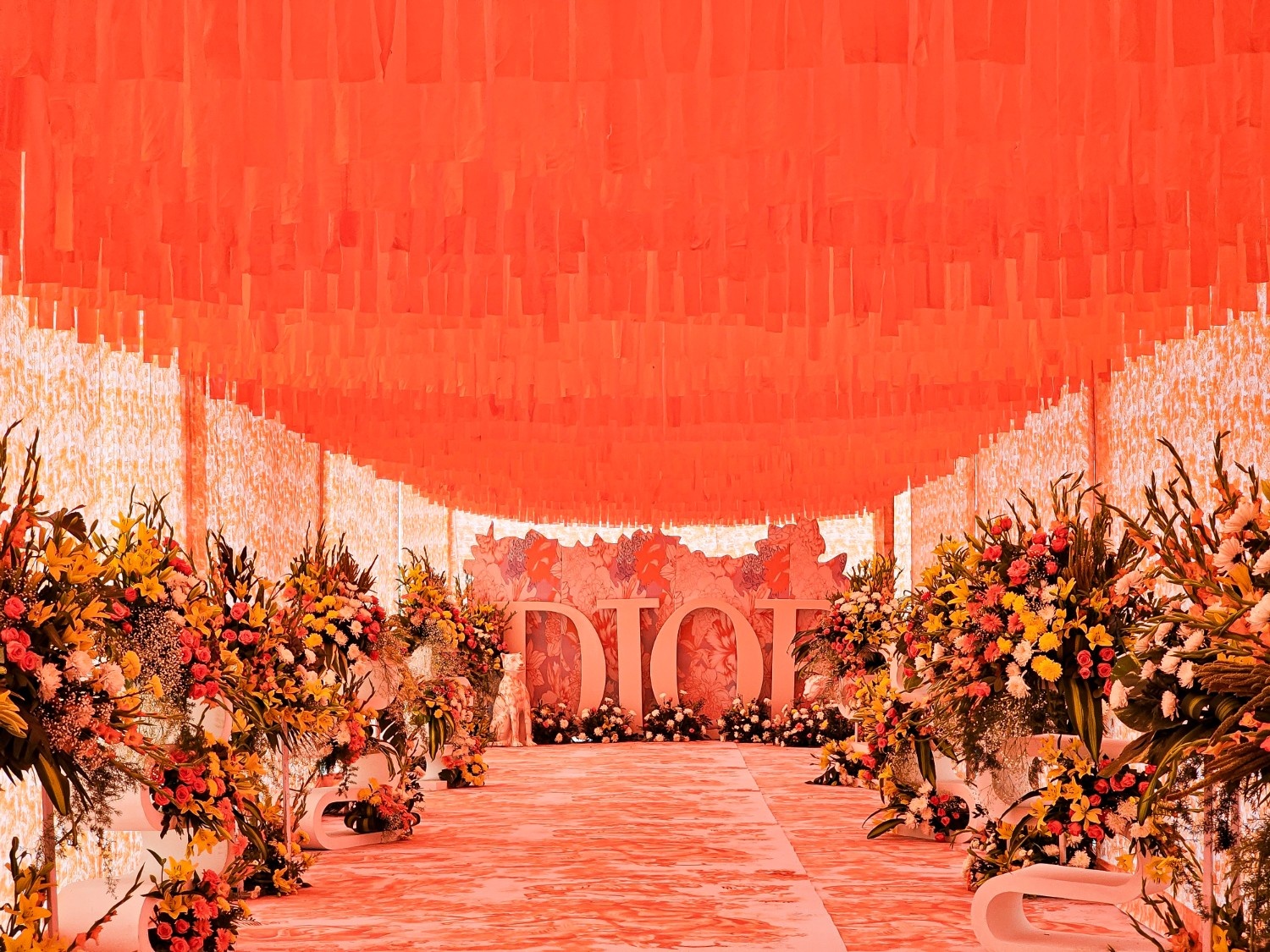
Engagement – A Promise Sealed
Also known as the Sagai or Ring Ceremony, this is where the couple exchanges rings in a symbolic promise to marry. It’s an occasion filled with laughter, celebration and anticipation. This event is often hosted with music, dancing and joyful blessings as it marks the beginning of a committed journey as partners and friends for life.
Mehendi – Celebrating Beauty and Auspiciousness
The Mehendi ceremony is pure magic. The bride’s hands and feet are adorned with intricate henna designs, believed to bring prosperity and happiness. It’s also believed the darker the henna, the deeper the love between the couple. Friends and family gather around with music and playful teasing, turning this ritual into a lively pre-wedding festival filled with stories, nostalgia and dreams.
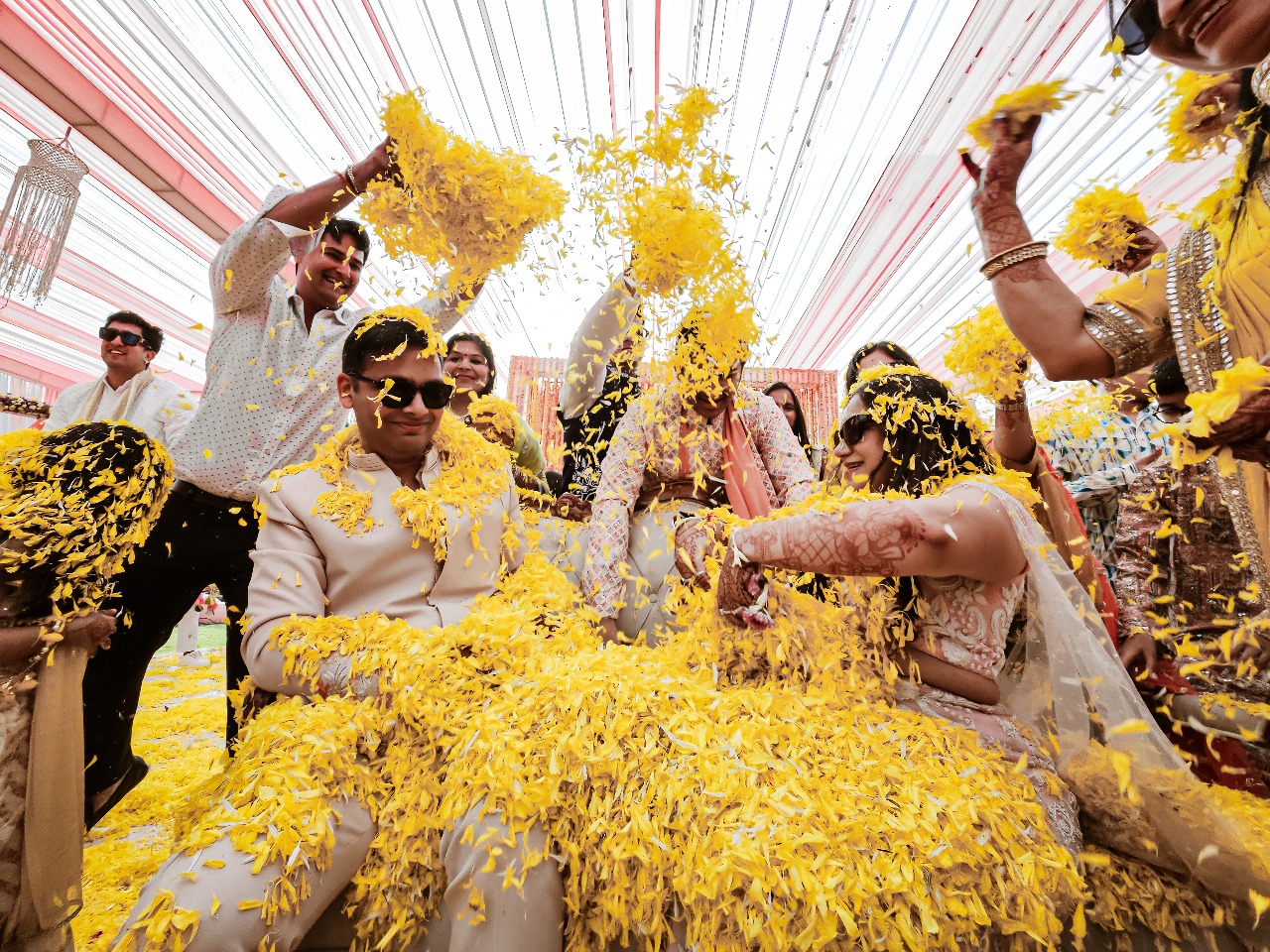
Haldi – Blessings in Gold
In the Haldi ceremony, a paste of turmeric, sandalwood and rosewater is applied to the bride and groom by their loved ones. This ritual isn’t just about glowing skin — it’s a powerful act of love and blessing. The yellow hue of turmeric is considered pure and sacred and it’s believed to ward off evil and cleanse the couple before the wedding. The laughter, the teasing and the yellow-stained cheeks make it one of the most memorable pre-wedding rituals.
Baraat – The Groom’s Royal Arrival
The Baraat is one of the most joyous and energetic parts of the wedding. The groom arrives on a horse, a vintage car or even a bike — surrounded by his family and friends dancing to the beats of the dhol. It’s a moment of pride and festivity. The bride’s family welcomes the baraatis with warmth and rituals that symbolize acceptance and the joining of two families.
Jaimala – A Gentle Exchange of Respect
In this sweet and symbolic moment, the bride and groom exchange flower garlands as a gesture of mutual respect and love. The playful attempts to reach each other’s neck first are cheered on by both families. It’s a lighthearted start to the sacred rituals that follow and marks the couple’s formal acceptance of one another.
Kanyadaan – A Father's Sacred Gift
Kanyadaan is one of the most emotional rituals in a Hindu wedding. The bride’s father places her hand in the groom’s, entrusting her care and happiness to her new life partner. It is a moment that brings tears to many eyes as it reflects the trust, love and hopes of the bride’s family. This ritual is often accompanied by powerful mantras and deep silence that fills the
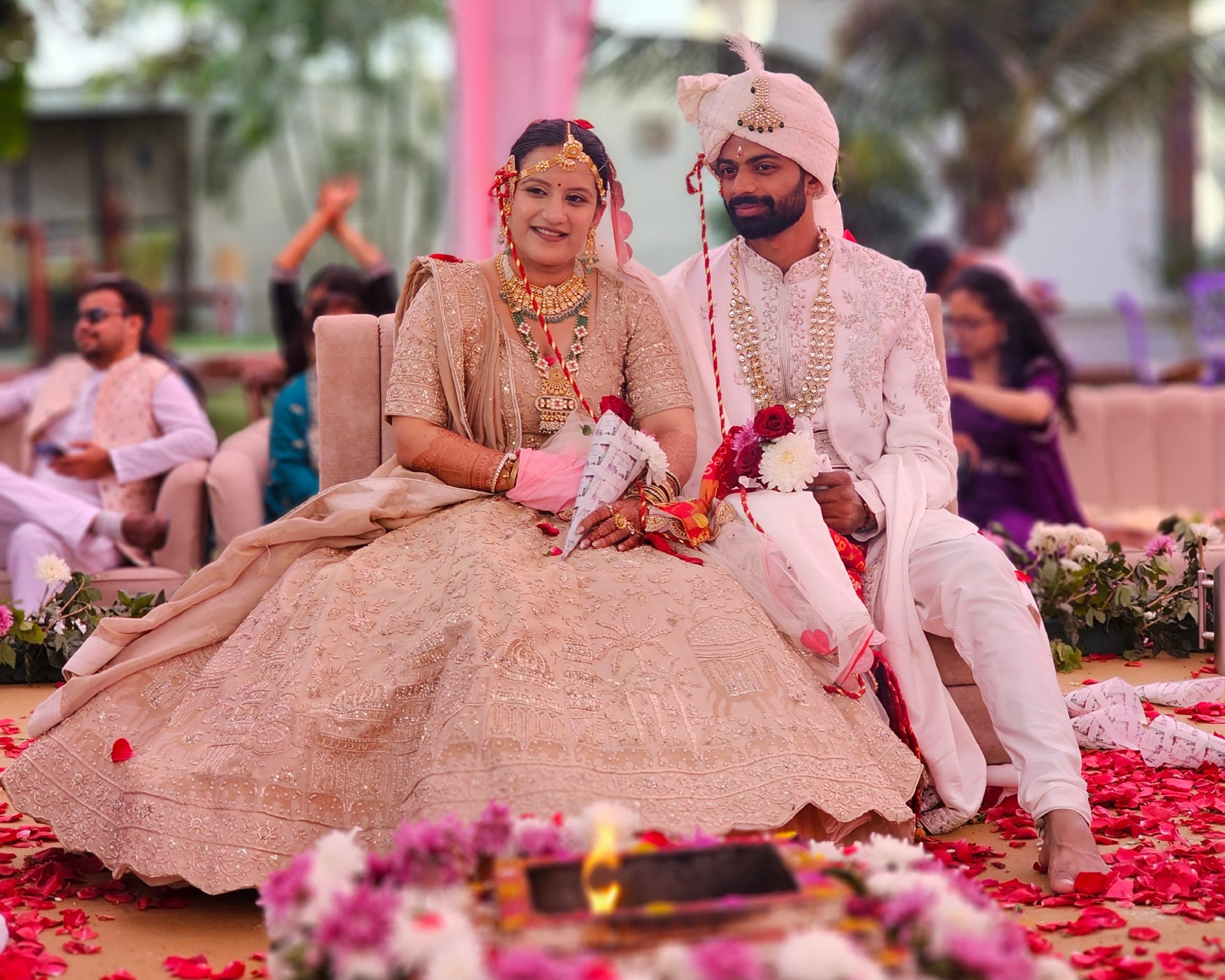
Saat Phere – Seven Steps Into Forever
The Saat Phere, or seven vows, are taken around the sacred fire. With each round, the couple makes a promise — of loyalty, love, strength, prosperity, respect, companionship and spiritual unity. These seven steps form the heart of the marriage and bind the couple in a lifelong bond of shared values and commitment. Every round is a step closer to forever.
Sindoor and Mangalsutra – The Symbols of Marriage
After the vows are completed, the groom applies sindoor (vermilion) on the bride’s forehead and ties the mangalsutra around her neck. These are not just symbols — they are sacred markers of a married woman. The moment is deeply emotional, often bringing tears to the bride and her family as she transitions into a new role and home.
Vidaai – A Tearful Goodbye and a Joyful Beginning
Perhaps the most emotional ritual of all, the Vidaai is when the bride leaves her parental home to begin her new journey with her husband. With tears in her eyes and blessings in her heart, she throws back rice over her head — symbolizing gratitude and wishing prosperity for the home she is leaving behind. It’s a moment of bittersweet emotion as two families part and unite at the same time
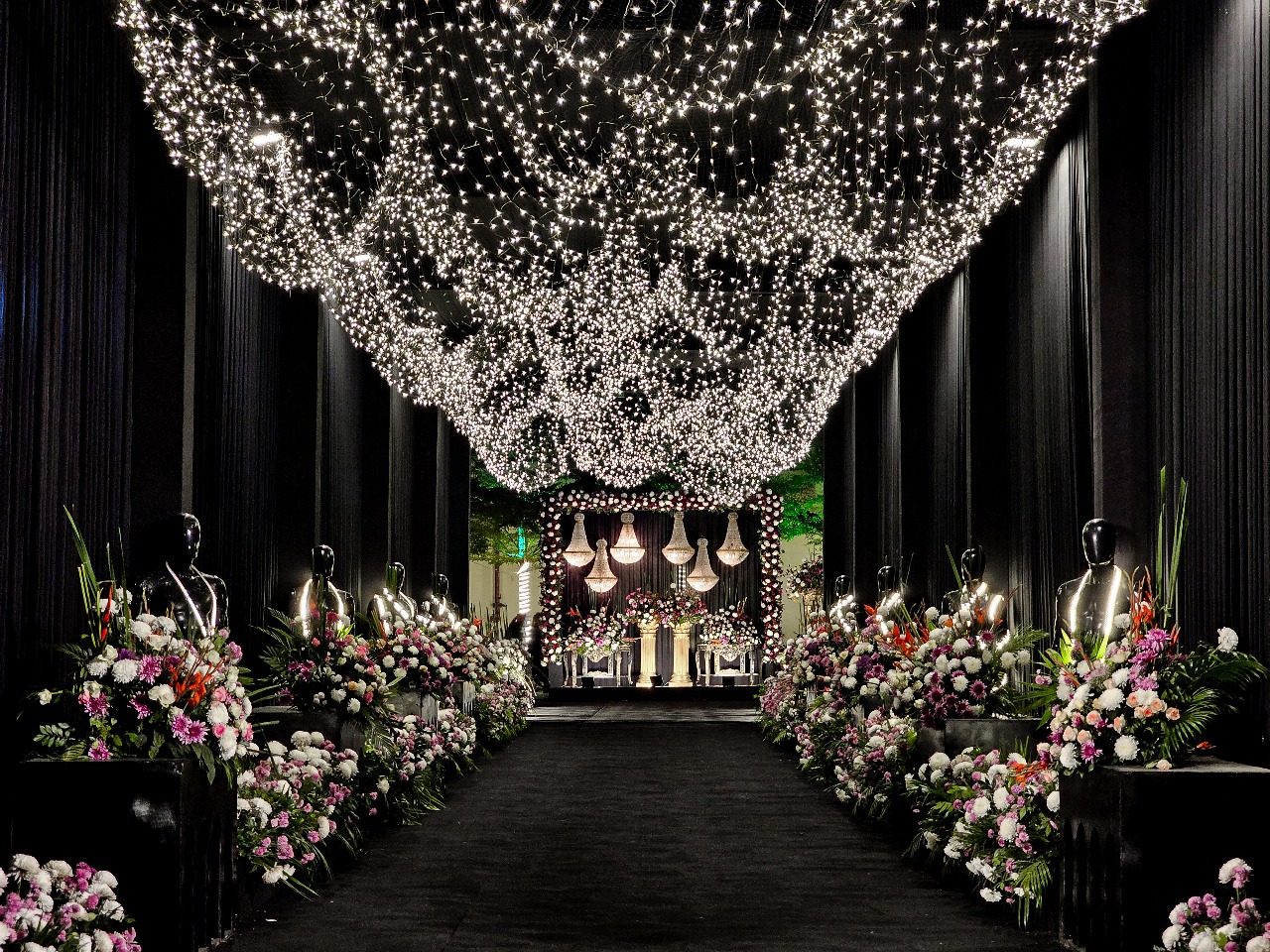
Reception – The Grand Celebration
Usually hosted by the groom’s family, the reception is the couple’s first appearance as husband and wife. It’s a celebration of love with music, food, dance and well-wishers. While the rituals may have ended, the joy and celebration continue, welcoming the new couple into society as partners in life.
In the end, Indian wedding rituals are not just ceremonies — they are sacred moments wrapped in emotion, tradition and love. They honor family bonds, spiritual values and the timeless essence of marriage. As a couple, understanding these customs not only deepens your connection to your roots but also allows you to fully live each moment with presence and gratitude.
Whether you want a traditional ceremony or a fusion celebration with a modern twist, honoring these rituals in your own way can make your wedding day truly unforgettable.
